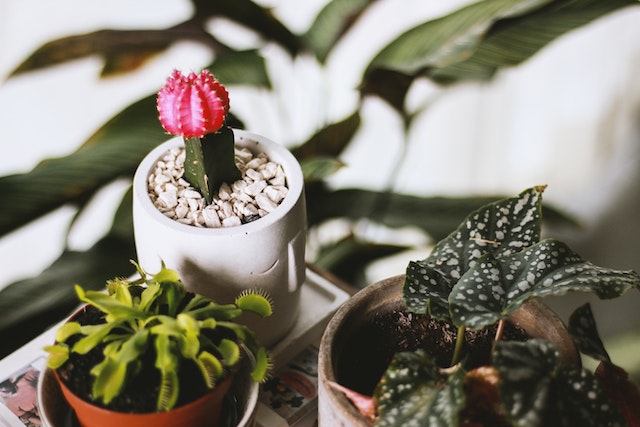- Begonia Medora likes bright, indirect light. If you live in a tropical climate, you can grow it outdoors in a shady spot.
- Keep the soil moist, but not soggy. Begonias are sensitive to overwatering, so it’s important to let the soil dry out somewhat between watering.
- Fertilize Begonia Medora every two weeks with a half-strength fertilizer solution.
- Begonias are susceptible to a variety of pests, including aphids, mealybugs, and whiteflies. If you see any of these pests on your plant, you can remove them by hand or treat the plant with an insecticidal soap.
Do angel wing begonias like to be misted?
Yes, angel wing begonias like to be misted. They are native to tropical regions and enjoy high humidity. Misting them helps to keep their leaves clean and prevent pests.
How do you take care of angel wing begonias in the winter?
Assuming you are referring to the plant known as an angel wing begonia, these are generally considered to be tropical plants. As such, they will need to be brought indoors during the winter months in order to overwinter successfully. Place the plant in a bright room with indirect sunlight and water when the soil feels dry to the touch. Allow the top inch of soil to dry out before watering again. Reduce watering even further during the winter months. Fertilize every other month using a half-strength fertilizer solution.
How often do you water Angel begonia?
Angel begonia should be watered every one to two weeks, depending on the potting mix and weather conditions. The top of the soil should be dry to the touch before watering.
- I water my Angel begonia when the soil feels dry to the touch.
- Generally water it once a week, but during hot summer months
- Water it twice a week.
- Always make sure to never over water it, as begonias are susceptible to root rot.
Begonia Water Propagation
Water propagation is a method of reproducing begonias by rooting stem cuttings in water. To do this, take a cutting from a healthy begonia plant and remove the lower leaves. Dip the cutting in rooting hormone and then place it in a jar or vase of water. Keep the cutting in a warm, sunny spot and change the water every few days. In about two weeks, you should see roots growing from the cutting. Once the roots are about 2 inches long, you can transplant the begonia into potting soil.

